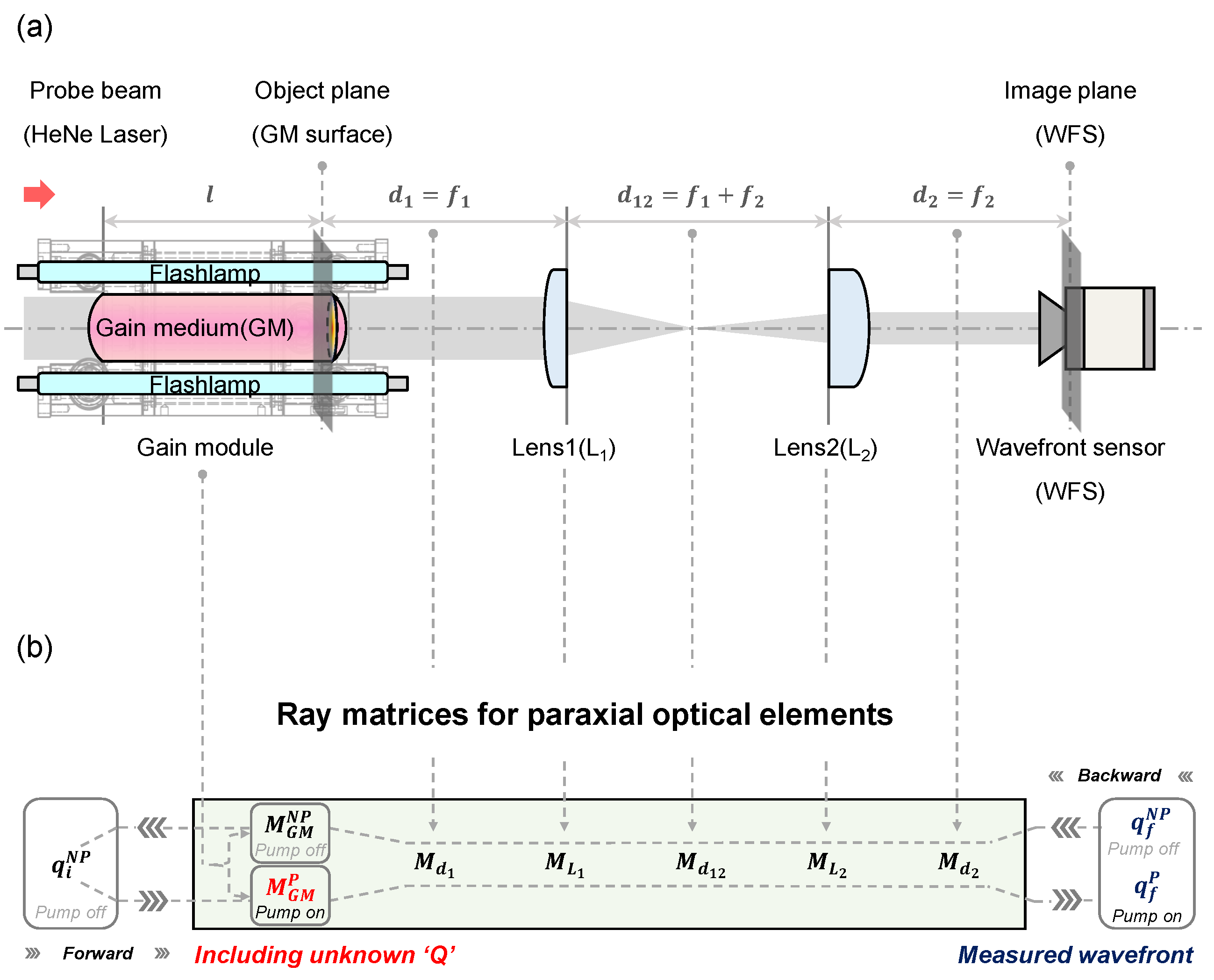Contents

Source: Fosco Connect
Understanding Gain in Photonics
Introduction
In photonics, gain is a crucial concept used to measure the amplification in optical amplifiers and laser gain media. It signifies the increase in power level from input to output.
Types of Gain Measurement
Gain can be expressed in different ways:
Amplification Factor
Gain can be a simple amplification factor, representing the ratio of output power to input power. It can also be specified as a percentage or in decibels (dB) for small and large gains, respectively.
Gain per Unit Length
Gain per unit length is another common metric, indicating the natural logarithm of the amplification factor per unit length or in decibels per unit length.
Properties of Gain
Aside from magnitude, gain is characterized by its spectral bandwidth and saturation characteristics, which are crucial for understanding its behavior in different mediums.
Factors Influencing Gain
The gain achieved in fiber amplifiers or laser gain media depends on population densities in electronic levels, influenced by optical intensities. Rate equation modeling is often used to calculate gain and study its dependencies.
Mathematical Representation
The local gain coefficient in a laser gain medium can be calculated using a basic equation involving the density of laser ions in the upper state and the emission cross-section at the signal wavelength. Additional factors like overlap considerations in optical fibers may also be included.
Conclusion
Understanding gain in photonics is essential for designing efficient amplification systems and lasers. By comprehending the various measurements and factors influencing gain, researchers and engineers can optimize performance in optical devices.

Source: MDPI
Feel free to comment your thoughts.



